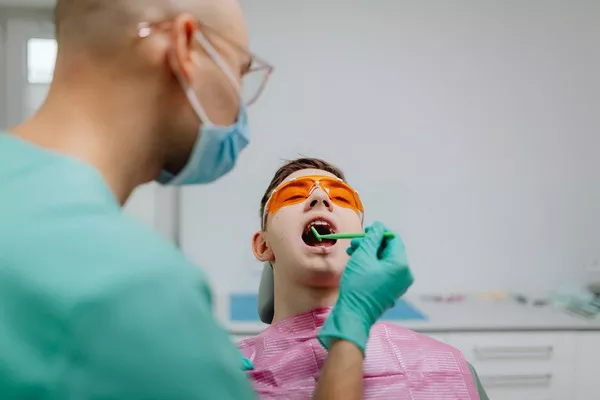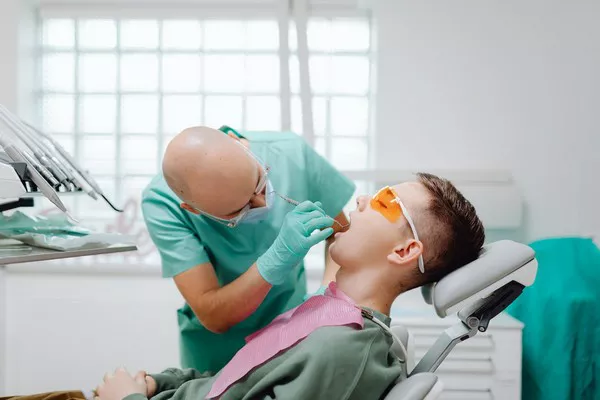A confident smile can be a game-changer, and having straight teeth is often associated with enhanced aesthetic appeal and improved oral health. For individuals considering orthodontic treatment, understanding the timeline for achieving straight teeth is crucial. However, it’s important to note that the duration of the treatment process can vary based on various factors, including the severity of misalignment, the chosen treatment method, and individual oral characteristics. This comprehensive article aims to explore the various treatment options available, delve into the factors affecting treatment duration, and provide insights into the average time required to attain a radiant, straight smile.
1. Understanding Orthodontic Treatment
Orthodontic treatment focuses on aligning teeth and correcting bite issues to achieve a harmonious, functional, and aesthetically pleasing smile. Before delving into the time frames associated with different treatments, it is essential to familiarize oneself with common orthodontic procedures such as braces, clear aligners, and other innovative methods like accelerated orthodontics.
2. Factors Influencing Treatment Duration
Several factors contribute to the length of time necessary to achieve straight teeth. Understanding these factors helps individuals gain realistic expectations about their treatment journey. Key elements impacting treatment duration include:
Severity of Misalignment: The degree of misalignment plays a significant role in determining treatment length. Minor alignment issues can often be resolved relatively quickly, while more severe cases might require extended treatment periods.
Treatment Method: Different orthodontic appliances or techniques may have varying treatment durations. Traditional braces, lingual braces, clear aligners, or accelerated orthodontics each offer unique benefits and time considerations.
Compliance: Patient compliance is critical to successful treatment outcomes. Adhering to prescribed wearing schedules, maintenance practices, and attending regular check-ups will impact treatment duration.
Age: The age at which orthodontic treatment begins can influence the length of the treatment process. In some cases, younger patients may experience faster results due to their developing jaw and facial structures.
3. Popular Orthodontic Treatment Options
a) Traditional Braces: This time-tested method involves applying metal or ceramic brackets to teeth, connected by wires, which gradually shift teeth into alignment. Treatment duration with traditional braces typically ranges from 18 months to three years, although it can vary depending on individual needs.
b) Clear Aligners: Clear aligner systems such as Invisalign have gained popularity due to their discreet appearance and removability. Treatment times with clear aligners generally range from six months to two years, depending on the complexity of the case.
c) Lingual Braces: These braces are similar to traditional braces but are attached to the backside of the teeth. Treatment duration with lingual braces can be comparable to traditional braces, typically ranging from 18 months to three years.
d) Accelerated Orthodontics: This innovative approach aims to expedite orthodontic treatment through techniques like micro-osteoperforations or vibrating appliances. While treatment durations may vary, accelerated orthodontics can reduce treatment time by up to 50%.
4. Average Treatment Duration for Different Cases
While the actual timeline will vary for each person, typical treatment durations can provide a general understanding of what to expect:
Mild Misalignment: For individuals with minor crowding or spacing issues, treatment can often be completed within six months to one year.
Moderate Misalignment: Cases involving moderate misalignment generally require 12 to 24 months of treatment for satisfactory results.
Severe Misalignment: More severe cases of misalignment, including significant overcrowding or bite problems, can take anywhere from 24 to 36 months or more to achieve desired outcomes.
5. Maintaining Straight Teeth: Retention and Aftercare
After the active phase of orthodontic treatment, a retention phase is essential to maintain the newly achieved straight teeth. This typically involves using retainers, either removable or fixed, as prescribed by the orthodontist. Compliance with post-treatment retention protocols is crucial for long-term success and to prevent relapse.
Conclusion
Attaining a straight smile through orthodontic treatment is an investment in both appearance and oral health. While the duration of treatment can vary based on individual circumstances, average treatment times for mild, moderate, and severe misalignment provide a rough estimate. It’s important to consult with an experienced orthodontist who can evaluate your specific case and devise a personalized treatment plan. By understanding the factors influencing treatment duration and committing to post-treatment care, individuals can embark on their journey towards achieving a radiant, confident smile.
Related Topics:





























